Parts of Clean Water Act not effective in controlling nutrient pollution
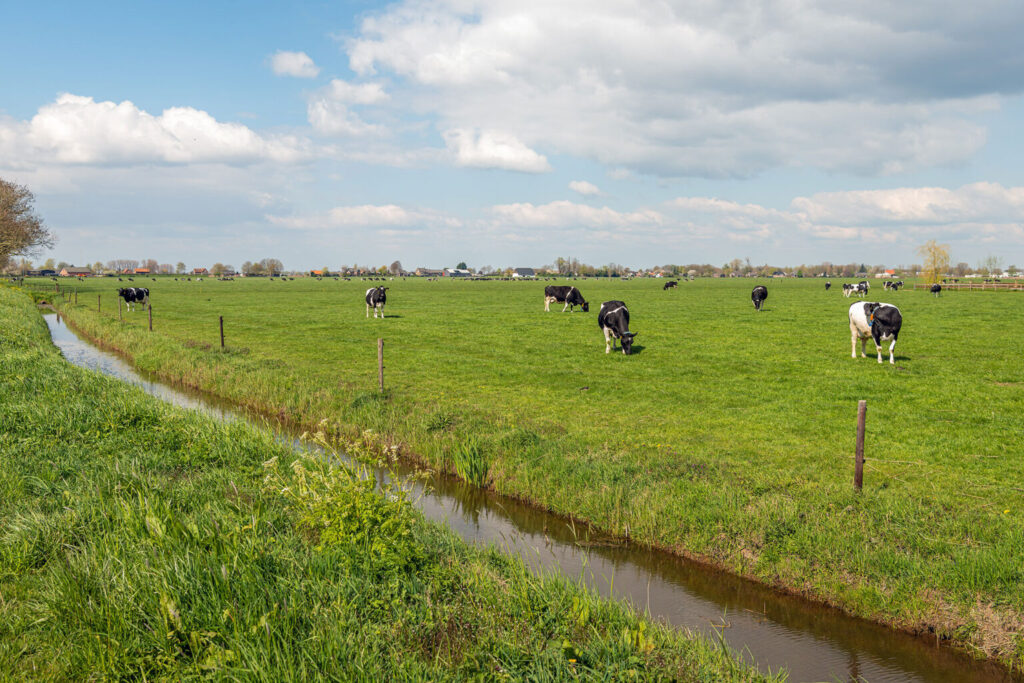
The Clean Water Act of 1972 remains the guiding legislation for regulating America’s water quality. But new research from the University of Georgia suggests parts of it may not be working.The study found that Clean Water Act regulations haven’t significantly reduced the amount of nonpoint source nutrient pollution in America’s waterways.
Nutrient pollution reduces nutrient retention services of streams, new research shows
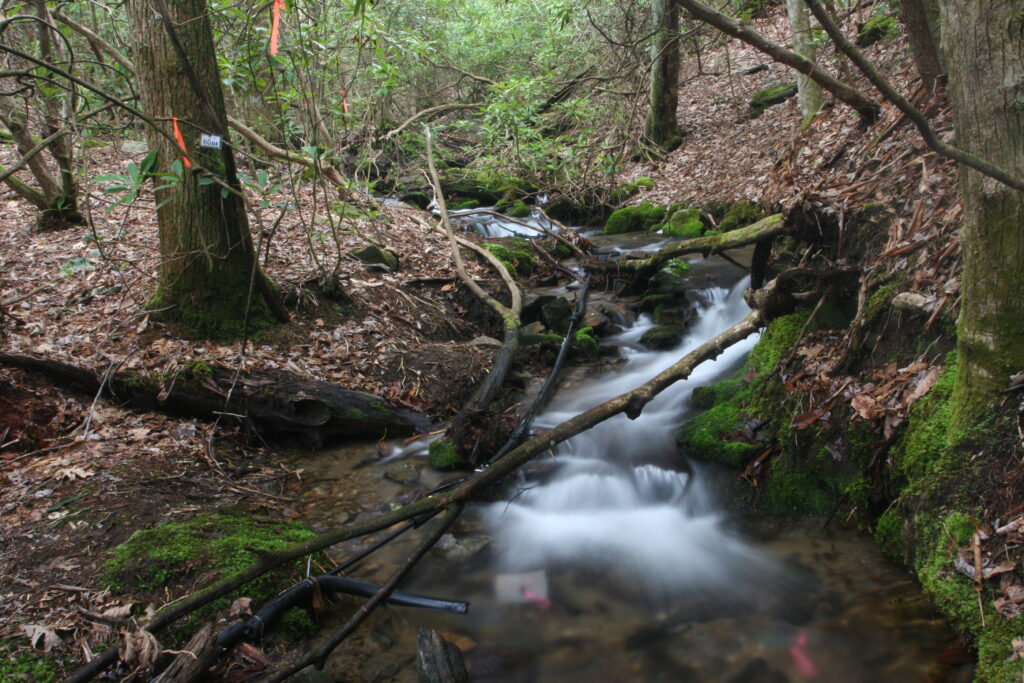
Few nutrients are as fundamental to or ubiquitous in modern life as nitrogen and phosphorus. As fertilizers, they form the bedrock of our global agricultural systems—but at a cost to our waterways.
Pellet power: Could biomass become a carbon-neutral fuel for heat and electricity?
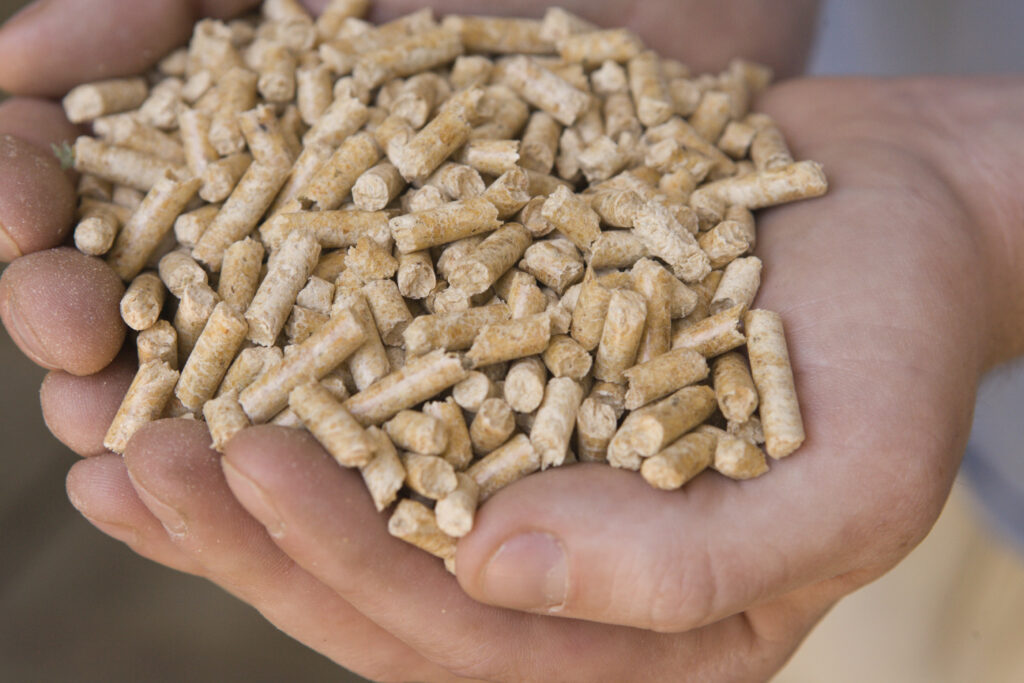
As small trees and other woody debris are harvested, other trees are growing across the landscape. So, argues Warnell associate professor and RBC affiliate Puneet Dwivedi, it’s not that a tree that was cut to produce pellets would take another 10 years to grow back, but more accurately that across the landscape, other small trees are growing to replace what was cut.
N-EWN publication touts opportunities for improving infrastructure and supporting biodiversity

A team from the Network for Engineering With Nature, including affiliates S. Kyle McKay, Charles B. van Rees, Brian P. Bledsoe and director Seth Wenger, recently published a comment in the journal Nature Reviews Earth & Environment, describing the opportunity that comes with melding biodiversity conservation and innovation in infrastructure, as well as the crucial importance for our society in seizing that opportunity.
Temperature-dependent sex determination in alligators linked to survival, UGA research suggests
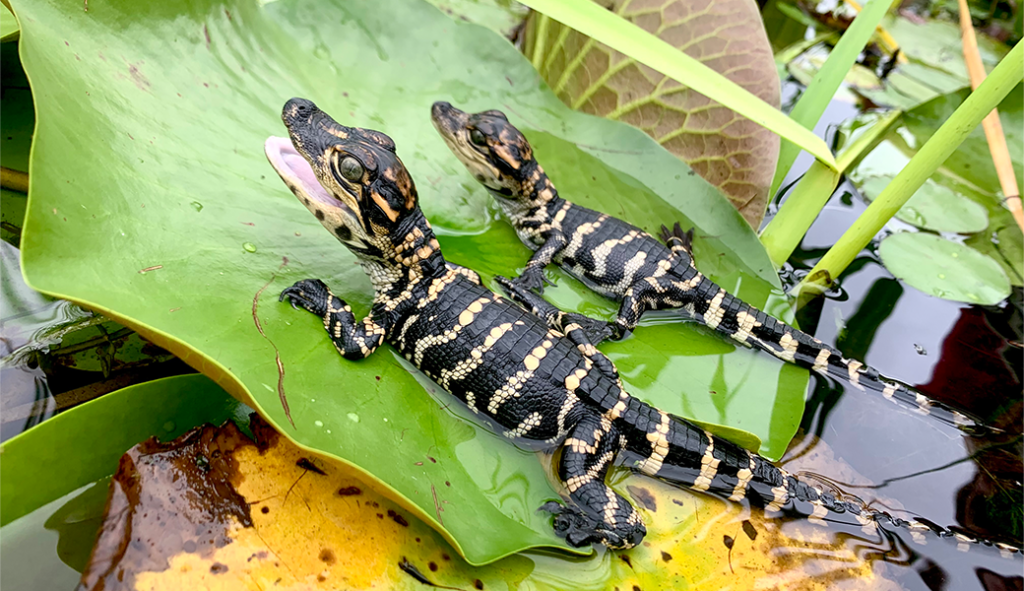
Temperature-dependent sex determination, a trait present in many reptiles, could hold evolutionary significance linked to the species’ survival, according to a study from the University of Georgia.
‘People are also part of this ecosystem’: Rao studies impact of hydropower on human, ecological systems
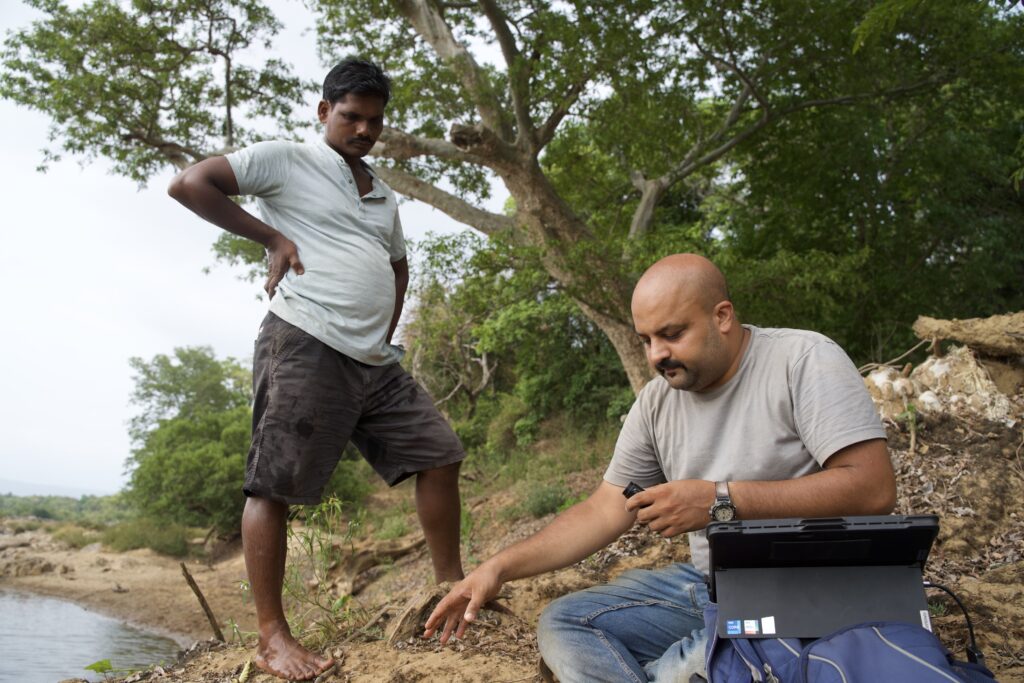
When small hydroelectric projects began dotting the rivers of the Western Ghats, a strip of mountains that runs parallel to the west coast of Peninsular India, Odum and Integrative Conservation (ICON) graduate student Shishir Rao pivoted from a career in IT to study their impact.
Q&A with RBC intern Carissa Bogan

Meet Carissa Bogan, the River Basin Center’s fall 2023 intern.
Thompson to lead new Land Conservation Clinic
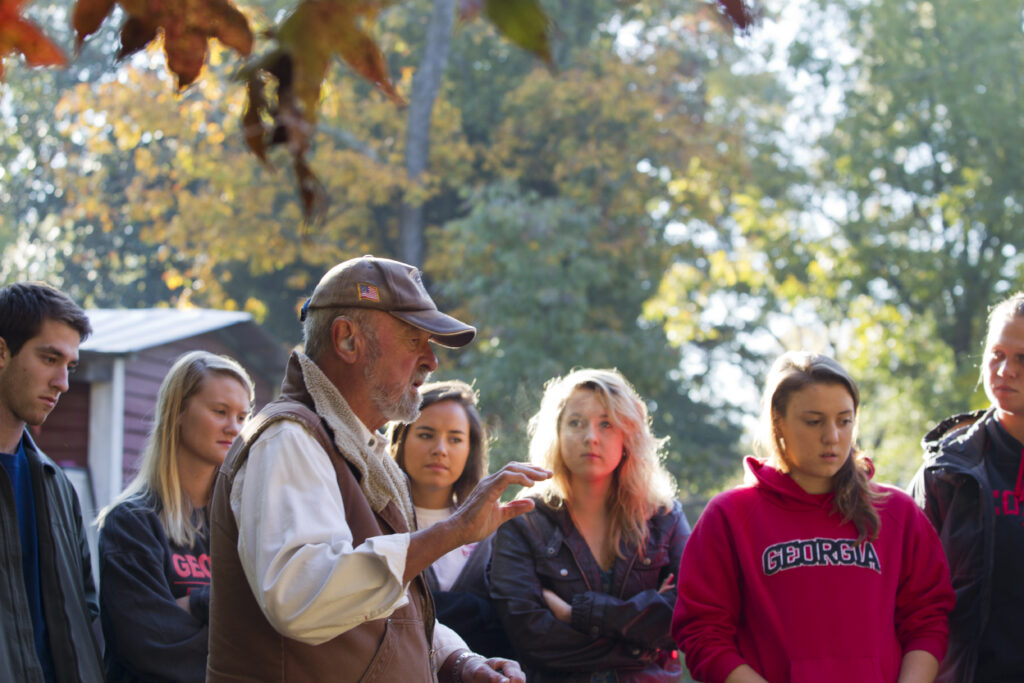
Steffney R. Thompson will lead the School of Law’s new Land Conservation Clinic (a refocused version of the Environmental Practicum). The clinic will be an interdisciplinary collaboration between the law school and Odum School of Ecology working at the nexus of law, science and policy to support and expand conservation efforts across Georgia and the Southeast.
Booming populations, rich freshwater diversity, and water scarcity: the common challenges of the towns along the I-85 corridor

The towns that line the I-85 corridor from Atlanta to Raleigh have several commonalities: burgeoning populations, reliance on small rivers and tributaries for water supply and waste disposal, and some of the richest freshwater aquatic biodiversity on the planet. These commonalities lead to shared problems. A team of University of Georgia researchers, from the Institute for Resilient Infrastructure Systems and River Basin Center recently published a paper that gets at the heart of this issue.
Scientists develop tool to predict dam removal costs by analyzing 55 years of past removals
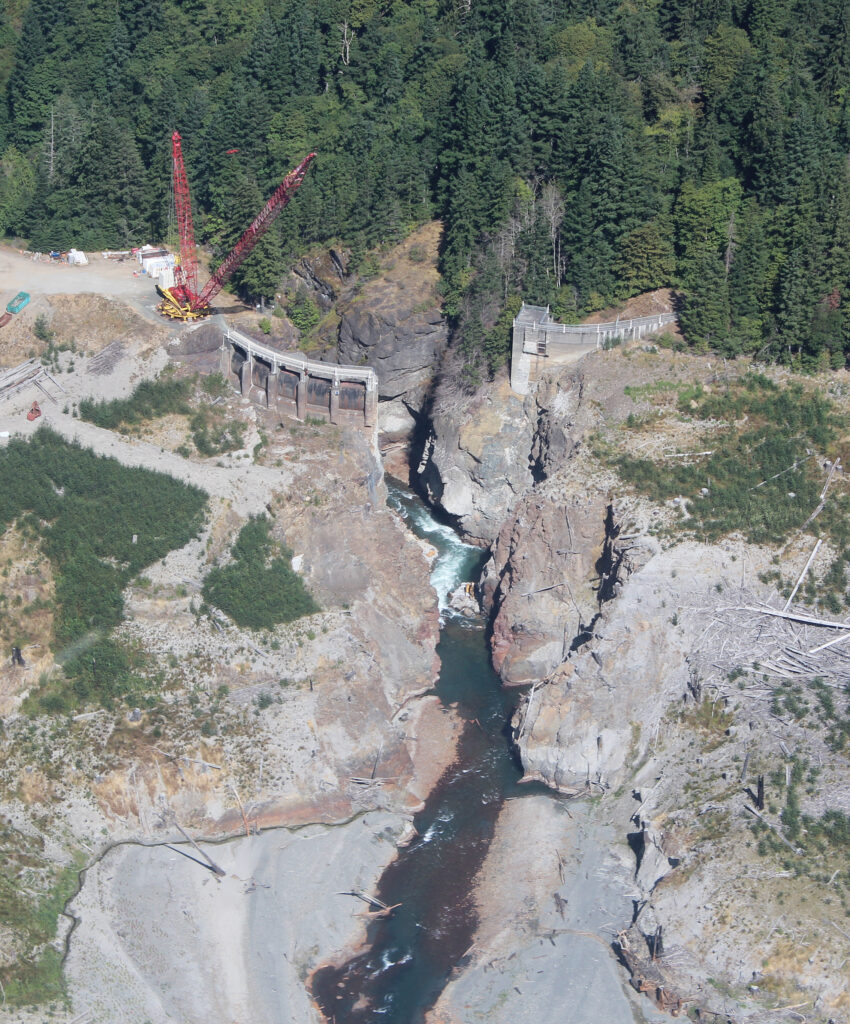
Scientists, including several River Basin Center affiliates, analyzed more than 650 dam removal projects over 55 years in the United States totaling $1.52 billion inflation-adjusted dollars to develop a tool to better estimate the cost of future dam removals.
